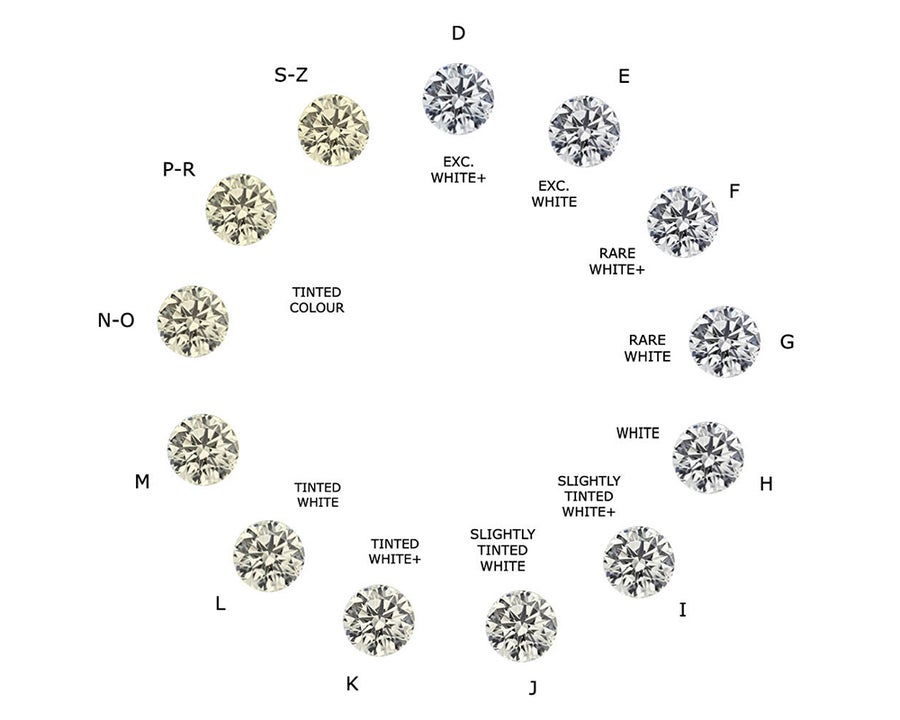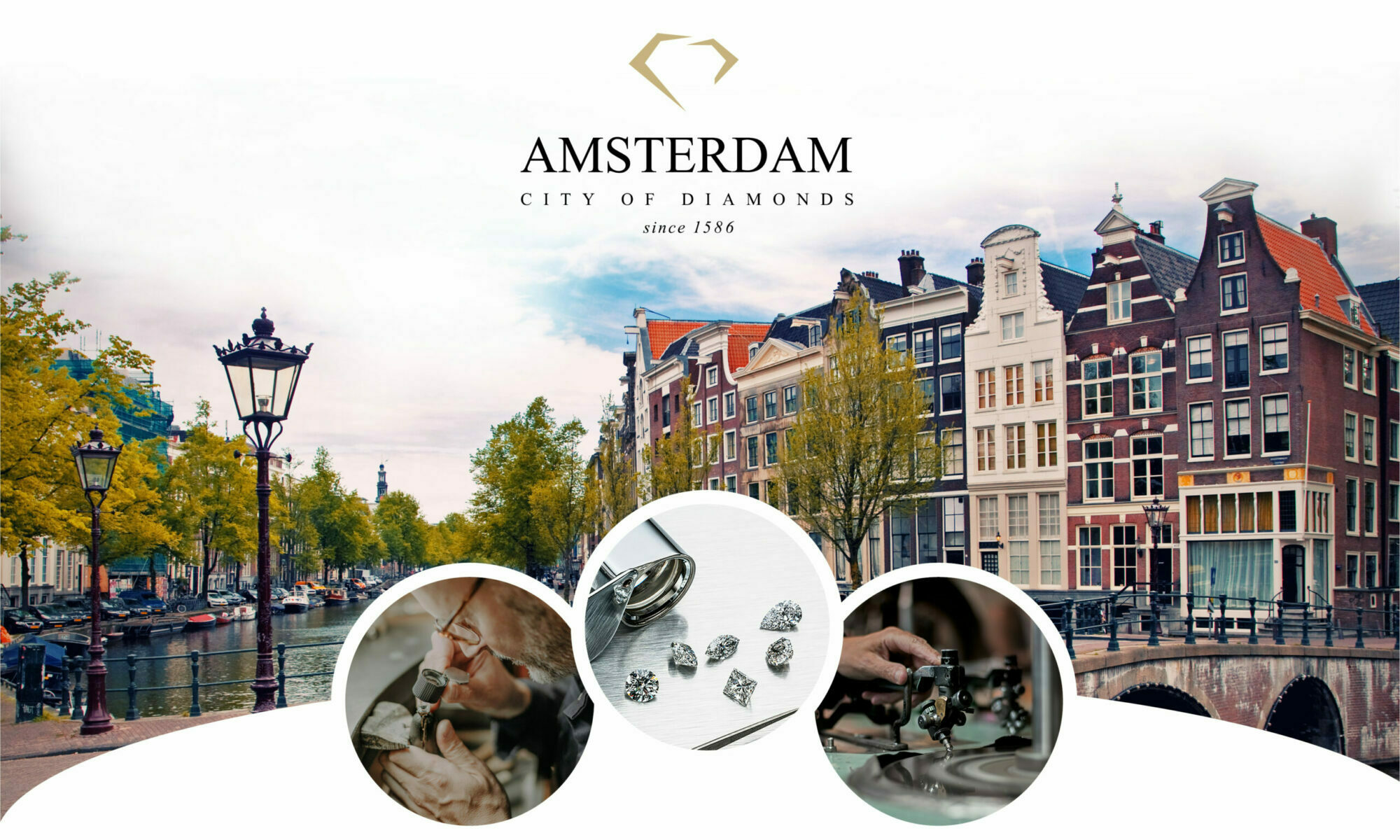What is a diamond?
Diamonds are nature’s most precious product, grown deep in the earth’s crust, after being subjected to high temperature and pressure. They are formed at depths of hundreds of kilometers within the earth’s mantle. .

Diamonds are older than life on earth itself and found in just a handful of places around the world. Forged by nature between 990 million and 4.25 billion years ago, they were brought closer to the surface through volcanic eruptions. The word diamond originates from the Greek “Adamas”, or “invincible”, being the hardest natural material in the world.
The transformation of pure carbon into these rare treasures determines how the diamond will ultimately be cut. The stone itself dictates what shape it will take, making each stone unique.

The value of a diamond is determined by four different factors: its cut, weight, color and clarity.
Carat, color, clarity and cut
One the Mohs scale of relative hardness, a diamond is rated as 10. This means that it is the hardest mineral known to man. Only a mineral that is the same hardness grade can scratch the mineral, meaning that it can only be processed by another diamond. A diamond gets its brilliance by applying facets in the right proportions. Every facet in a diamond must be placed at precise angles and contain precise proportions. This ensures a balance between maximum brilliance and dispersion of light. This process is carried out by diamond workers. There are dozens of different diamond cuts, such as the pear shape or the square Princess cut. The best known and most popular cut is the round brilliant.
The value of a polished diamond is determined by four criteria, the 4 C’s: Carat, Color, Clarity and Cut. The color, clarity and size of each rough diamond is determined by Mother Nature. But ultimately, the skilled hands of master cutters are the tools needed to turn a rough diamond into an absolute masterpiece. The perfection of a diamond depends solely on the precise polishing of facets, allowing an optimal game of light between the facets. A diamond of the highest color and clarity is nothing but a dull and boring stone, if it is not expertly polished, and that is what makes our diamonds true pieces of art.
Carat, the weight of a diamond
The weight of a diamond is expressed in carats. Carats tell you more about the size of the diamond, expressed in terms of the weight of the stone. One carat is equal to 0.2 grams or 100 points.

Carat here is not to be confused with karat for gold, as in “18K gold,” which refers to the purity of gold.
Just as the dollar is divided into 100 pennies, one carat is divided into 100 points. Thus, a 50 point diamond weighs 0.50 carats. But two diamonds of equal weight can vary greatly in value, depending on what color, clarity and cut they have.
Even a fraction of a carat can make a considerable difference in cost, which is precisely why accuracy is so important. In the diamond industry, the weight of a diamond is measured to one hundredth or one thousandth of a carat. Diamonds weighing more than one carat are expressed in carats and decimals.
The carob seed
Carats, the standard measurement of weight for diamonds and other gemstones, derives from the carob seed. In ancient times, gem traders used the seeds as counterweights in scales because they had a fairly uniform weight. The modern, metric carat, equal to 0.2 grams, was finally established in 1913 in the United States, other countries soon followed. Today, one carat weighs the same all over the world.

Color
Diamonds exist in all the colors of the rainbow, from dark brown to warm yellow, bright pink to mesmerizing purple, and intense red to deep blue. When diamonds have a distinct, intense color, they are referred to as “fancy colors.” Colorless diamonds, more commonly known to the public as white diamonds, at first glance show no specific color.

When studied more closely, these diamonds may exhibit a hint of yellow or brown. The exact color of a diamond can be precisely determined, when compared to benchmark stones.
For colorless or “white” diamonds, colors are scaled from the letter D, the most “white” or transparent and also the most valuable, all the way up to Z, with increasing yellow and brown hues, worth significantly less.
Less color
Many of these color distinctions are so subtle, often invisible to the untrained eye. But these slight deviations make an immense difference in diamond quality and price.
Clarity, the purity of a diamond
As carbon crystallizes under immense pressure and heat for thousands of years, other elements than carbon can sneak into the stone. This can create unique birthmarks, either internal (inclusions) or external (blemishes).

The inclusions can vary from small traces, barely visible, to larger flaws. The fewer inclusions, the higher the value of a diamond.
Each diamond is unique and no stone is perfect when studied under a 10x magnifying glass, although some stones tend to come close to perfection.
Flawless
Diamonds without any imperfections whatsoever are extremely rare. This is known as ‘loup-clean’. This explains why a loupe clean, smaller diamond will be significantly more valuable than a larger, but imperfect stone.
Imperfections in diamonds are often imperceptible to the naked eye, that is why a magnifying glass is used to detect them.
Cut
Cut quality is the key element that gives a diamond its fire, sparkle and brilliance. The allure and beauty of a diamond depends more on the quality of the cut than anything else.

This property refers to the shape in which the diamond is cut and the quality and symmetry of its various facets. Perfect proportions, excellent symmetry and expert polishing are the ingredients that turn a dull rough stone into a sparkling diamond.
Only then can the light move optimally along the facets and provide that breathtaking brilliance.
Proporties
Let us examine the side view of the classic round brilliant. The main parts, from top to bottom, are the crown, girdle, and pavilion. A round brilliant cut diamond has 57 facets. The horizontal facet at the top is called the “table”. The proportions of a diamond refer to the ratio of the size of the table, the angle of the crown and the depth of the pavilion.

It is important to note that there are several possible proportions, all of which will affect how the diamond will catch and reflect light and also how attractive the diamond will be to the person admiring the stone.
